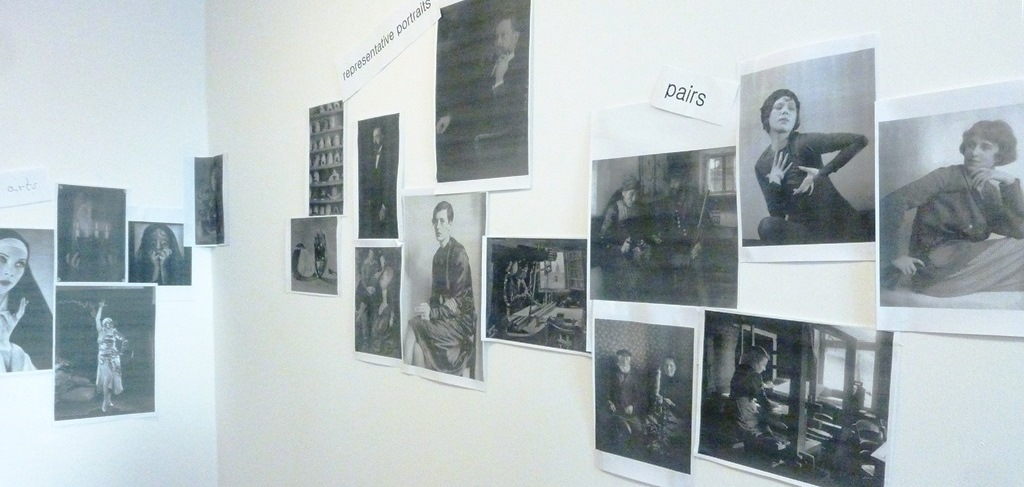fingerprints
Exhibition project in the context of “Speaking about Art: From small talk to theoretical discourse”
Focus moved to the hands as a new level of expression not only in paintings and photography. Until the middle of the ninetieth century, dance choreography was all about feet and legs. Classical ballet still focuses on the dancers legs — hands and arms wasted as decorative elements. But this very grounded way of dancing changed into a full body experience. From tip to toe, every part of the body became an important part of expression. Hedy Pfundmayer and Tilly Losch were the forerunners of this choreographic innovation. Their “Dance of Hands” laid the foundation for modern dance.
An affinity for hands became evident mainly in the interwar years; hands even became an object of scientific research; they were useful not only for telling the future, but could also indicate a person’s character. “Show me your hands and I can tell you who you are” became the new mantra. Not only art and dance, but also commercials and movies played with this new subject.
Against this background, it is no surprise that we, the curatorial team, found it easy to link the two exhibitions. With the help of the museums’ catalogues we soon had a nice collection of photographs and paintings from both exhibitions. Our fingerprints exhibition was divided into six sub-categories: hand studies, artist portraits, couples, representative portraits, and foreign arts. In just one and a half hours we managed to turn the study room into a white cube of sorts, even including comfortable sofas for the discussion panel after our guided tour.
Out of breath, sweaty, but absolutely satisfied with the result, the exhibition fingerprints was opened, accompanied by Ravel’s “Bolero” and the hypnotic video of Tilly Losch’s “Dance of Hands.” But the exhibition was not ready yet. The main act was still missing. Our guests were invited to complete the exhibition with their individual fingerprints put on colored tape and marking their favorite exhibit. After the introduction by the curatorial team the discussion panel of mock experts was ready to start. A hand expert, a grand nephew of Tilly Losch’s first husband, and a specialist on Leibl’s paintings were invited to discuss the exhibition with the curatorial team. A moderator from the radio station FM4 led the discussion and a journalist was ready with some tricky questions.
Even if everything was in fact a mock, we could not stop being human or stop having emotions. We soon realized, that we were prisoners of our own mock reality. What could have been a boring and daring discussion soon became very emotional and every single one of us began to react as the mock characters would have reacted.
Being part of the curatorial team was a very inspiring experience. Our ideas came to life and the cheap black and white prints became oil on canvas paintings and photographs, our study room with the orange floor transformed into a light filled room in the Amelia Redlich tower on top of the Mönchsberg, and our mock experts were truly well-known specialists. Sometimes all that is necessary is just a lot of fantasy and the right person to switch the right button in your head.
It is indeed no surprise that our teacher Lisa Rosenblatt is CEO of the Dream Coordination Office. She not only has the ability to tickle out everyone’s lost and forgotten English skills, but she is also able to create the base for us to build a palace of thoughts in our minds.
Christina Tosoni, Maximiliane Buchner ( 2015): fingerprints. Exhibition project in the context of “Speaking about Art: From small talk to theoretical discourse”. In: p/art/icipate – Kultur aktiv gestalten # 06 , https://www.p-art-icipate.net/fingerprints-2/

